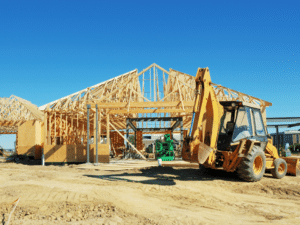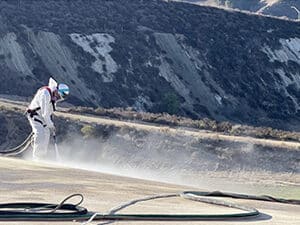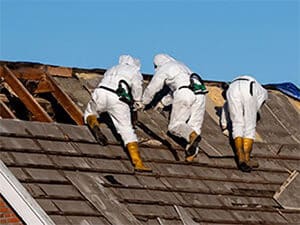Protecting Workers Exposed to Wildfire Smoke
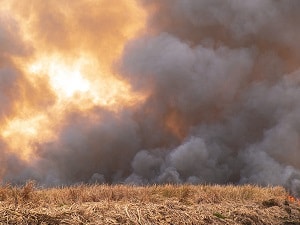
With a record-breaking wildfire season coinciding with the COVID-19 pandemic, the effort to protect workers exposed to smoke from wildfires poses a number of extra challenges – including the ongoing shortage of N95 masks.
Wildfire smoke contains fine particles that can harm health by reducing lung function and aggravating asthma and other existing heart and lung conditions. Exposure to these airborne particles can cause coughing, wheezing, and difficulty breathing.
This year marks one of the worst wildfire seasons on record, resulting in five out of the 20 largest wildfires in California history, according to CalFire, which reports that 4.0 million acres have burned in the state at present. This figure is double the previous record for acres burned within a year in the state of California.
Employers, already challenged with protecting workers from exposure to the coronavirus, are now responsible for keeping workers safe from the air pollution created by the wildfires.
“Employers are obligated to protect their outdoor workers and must evaluate the health hazards posed by wildfire smoke,” Cal/OSHA Chief Doug Parker said in a press release. “If employers cannot move operations indoors where air is adequately filtered and they do not have access to respiratory protection, they may need to halt operations until the outdoor air quality improves.”
The California Department of Industrial Relations provides guidelines to employers for evaluating the risk that poor air quality poses to employees and for protecting the health and safety of workers in regions affected by wildfire smoke. The guidelines are outlined below.
Check Forecasts for Air Quality to Determine the Risk of Harmful Smoke Exposure
Employers are required to check the air quality forecast which categorizes the concentration of airborne PM 2.5, the smallest and most harmful form of particulate matter. An Air Quality Index (AQI) level of 100 can cause individuals with asthma or elderly persons with underlying heart or lung conditions to experience adverse health effects. Levels above 150 are unhealthy for anyone.
This table, from AirNow, in partnership with EPA and several other governmental agencies, shows the range of concern levels for increasing AQI values:
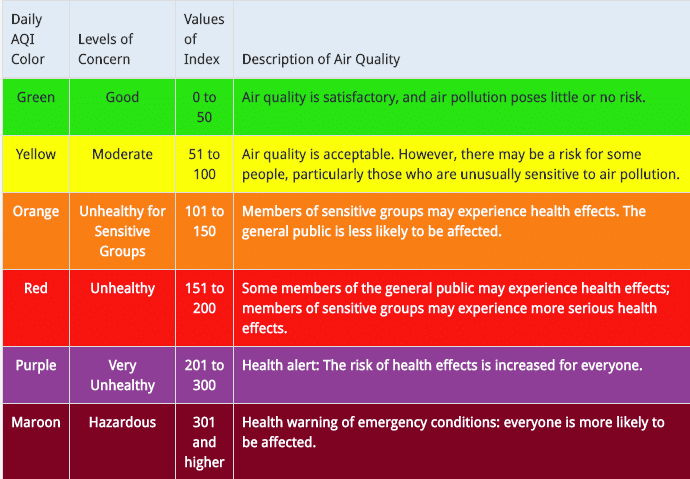
Methods for Protecting Workers from Harmful Air Quality Levels
If the outside air is deemed harmful (AQI reading of 151 or above), employers are required to implement the following measures:
- Lower employee exposure by implementing engineering controls such as moving outdoor employees to enclosed structures or vehicles with filtered air.
- Alert employees when air quality is harmful and have a good communication system in place for workers to report wildfire smoke hazards.
- Provide training for employees on the hazards of wildfire smoke.
- Encourage the use of disposable filtering dust masks such as the N95 respirator. The employer must provide respirators on a voluntary basis when the AQI is 151 or more but less than 500. When air quality reaches 500, the employer must require workers to use respirators.
Help to Make Sure You are in Compliance
These responsibilities can feel overwhelming in ordinary times. At Omega Environmental, we have the expertise and experience you can rely on even in extraordinary times. Give us a call or click on the link below to learn how we can help ensure your compliance with local, state and federal regulations for environmental and employee safety, including air quality index monitoring and analysis, employer and employee training, and recommendations for reducing exposure. Give us a call today.





